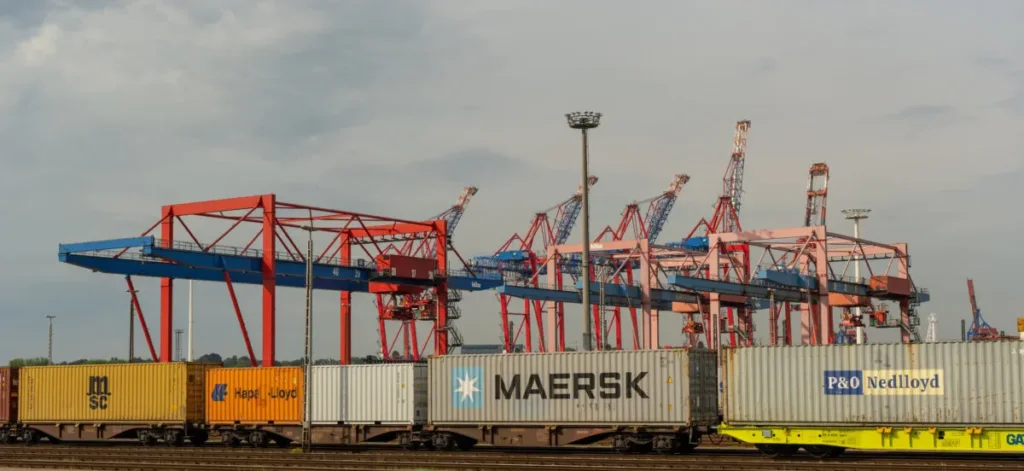By midday alone, the number of delayed vessels had risen from 28 to nearly 50, causing serious disruption to transshipment operations and cargo logistics, according to a spokesperson for the Port of Antwerp-Bruges.
Delays expected to last several more days
Although the pilots’ strike is scheduled to end on Thursday morning, port officials have warned that it could take up to two days to restore full operations. “Even if we resume operations on Thursday, it will take at least a day or two to clear the congestion,” the spokesperson said.
This is the fourth time in recent weeks that the Port of Antwerp has experienced disruption, significantly affecting supply chains and potentially resulting in losses running into millions of euros. Although the planned protest had been announced in advance, port authorities admitted they were unable to predict the scale of the disruption.
“There are many independent entities operating within the port. On the day of the strike, it’s difficult to predict who will actually take part,” the spokesperson added.
According to the latest updates, the Flemish shipping service in Vlissingen resumed operations at midnight, allowing a gradual return to normal levels of incoming and outgoing traffic at the Port of Antwerp. However, several ships are still waiting to enter or leave the port.
Congestion at Northern European ports
The strike comes amid growing operational challenges at ports across Northern Europe. Shipowners and operators have been reporting serious capacity issues in Rotterdam, Antwerp, and Hamburg for several weeks.
In response to the congestion at container terminals, Maersk has made significant changes to its transatlantic TA5 route. From 25 June, vessels on this service will bypass Rotterdam entirely, sailing directly from Felixstowe to Hamburg. The company cited “operational constraints” that prevent the regular schedule from being maintained. In May, Maersk also introduced an additional Inland Peak Surcharge (IPI/IPE) of €10 per TEU, applicable to inland transport to and from terminals in Rotterdam and Antwerp. The surcharge is intended to offset the inconvenience caused by port congestion and will remain in place “as long as necessary”.
Why are ports congested?
According to analysts at Lloyd’s List Intelligence, the current congestion is the result of a combination of factors:
- increased demand for transport services
- restructuring of shipping alliances (the collapse of 2M and the formation of the Gemini Cooperation)
- hydrological conditions (e.g. low water levels)
- strikes in both the public and private sectors
Experts at Drewry warn that the disruption could persist until at least the end of the peak season, i.e. August 2025, unless the situation also stabilises in Asian and North American ports.









